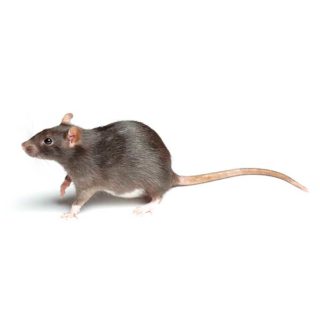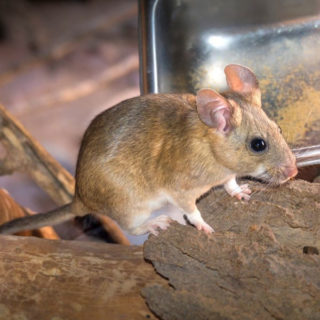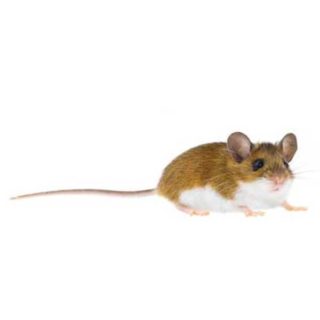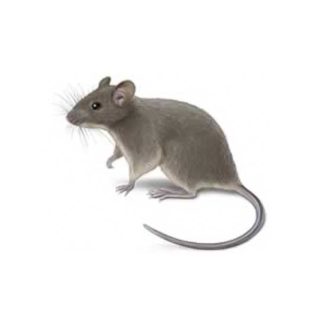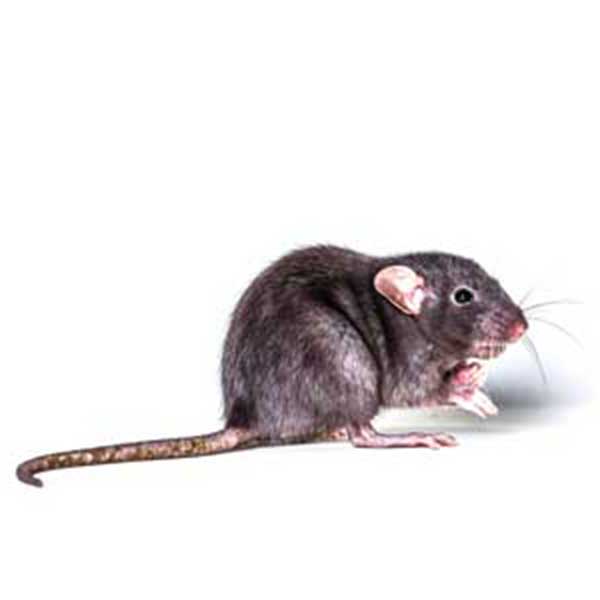
Roof Rats in Kailua Kona
Roof rats are a significant pest problem in the Southeast and the West Coast states of Oregon, Washington, and California. Like many other rodents, roof rats are commensal and rely on human habitats for food, shelter, and survival. When these rodents invade homes, they prefer living up high, typically nesting in attics, eaves, and rooflines. Roof rats are easily distinguished from other rodents by their hairless tail that is longer than the combined length of their head and body.
Roof Rat Habitat
Roof rats prefer to live off of the ground, often nesting in the canopy of trees, dense shrubs, and climbing plants when outdoors. Their padded feet allow them to climb narrow vines and limbs and they use their long tails for balance when high off the ground. Due to their nocturnal nature, roof rats will begin searching for food shortly after sunset- utilizing trees, utility lines, and fences to reach attics, overhead garage storage, wood piles, and other stored goods. One of the first signs of a roof rat infestation is scurrying sounds coming from the attic at night.
Roof Rat Behaviors, Threats, or Dangers
Roof rats are carriers of numerous diseases, including salmonella, leptospirosis, and rat-bite fever. They spread disease as they forage for food, contaminating food meant for humans, pets, and livestock. As omnivores, roof rats consume both plants and animals, preferring to eat citrus fruits, pet food, feces, birdseed, meat, and grease, often invading storage sheds, BBQs, and other food storage areas. In addition to spreading disease, when roof rats invade a home they can cause significant damage by nesting in walls and attics as well as chewing electrical wires. Roof rats and other rodents are responsible for an estimated 20%-25% of fires caused by unknown sources.
If you have a roof rat infestation in your Kailua Kona property, always contact a licensed rodent control company.
Need help with Roof Rat control?
Need Pest Control Service?
Leave your information below and we’ll be in touch with a FREE quote!
"*" indicates required fields
*During normal business hours. After hours calls will be returned the next business day.

